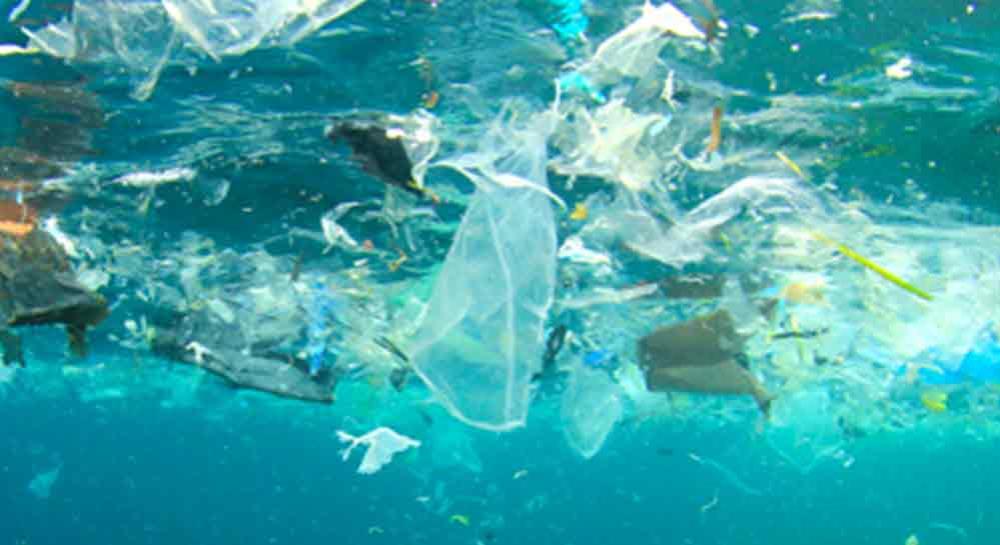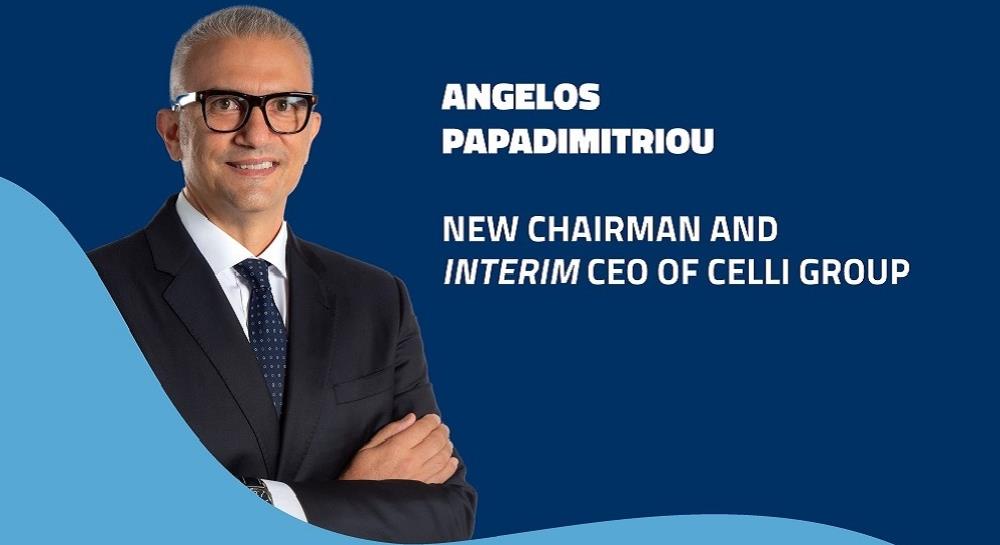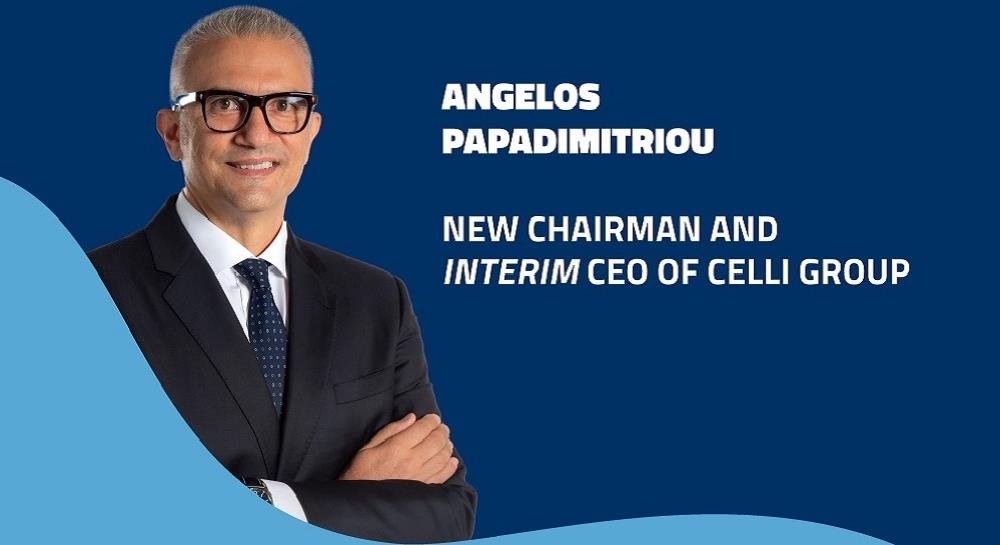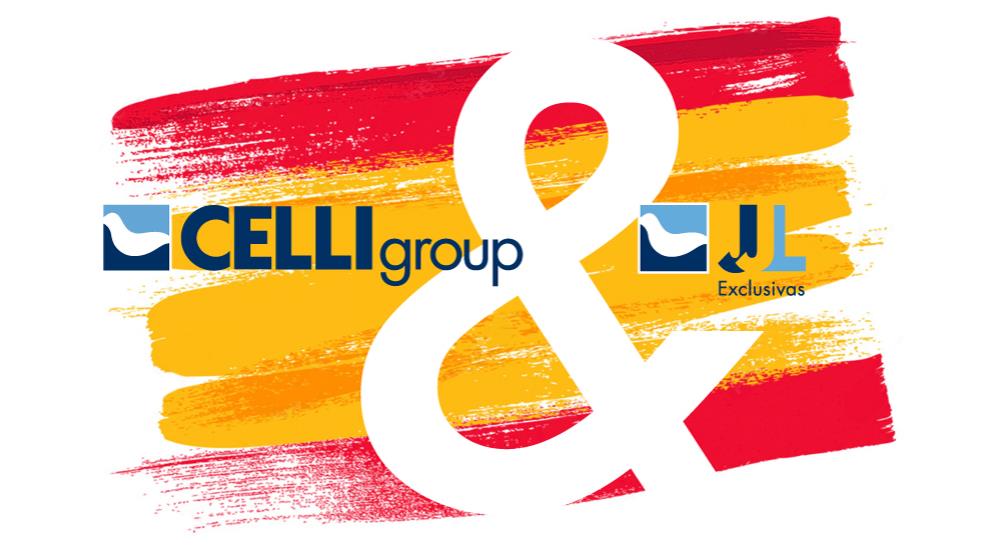TAG:
SOFT DRINK
BEER
WATER
BRAND
CELLI
COSMETAL
LAM
CELLI SERVICE
CELLI GROUP
ADS2
ACQUA ALMA
ANGRAM
08
02
2019
02
2019
In our cars, kitchens, bathrooms and clothes, plastic is everywhere.
Every year, we produce around 340 million tons of it (enough to fill all of the skyscrapers in New York!); however, what once seemed like a modern miracle for convenience and durability, now poses a serious threat to the environment, our health, and the wellbeing of future generations too.
Over the last few decades, evidence has been growing about the dangers of plastic and in particular how difficult it is to dispose of.
The problem is that when plastic is thrown away it doesn’t just disappear. Much of it breaks down into small pieces, which then find their way into our oceans, rivers, lakes and soil where they can cause great harm. In 2004, Richard Thompson, an oceanographer from Plymouth University, was the first to use the term ‘microplastics’, when he described the billions of tiny plastic particles that came from discarded objects made specifically for commercial purposes, and the threat they posed to the planet’s finely balanced marine ecosystems.
Other more recent studies have also shown that the harmful effects of microplastics are increasing exponentially. Scientists have found microplastics everywhere - in sediments at the bottom of the ocean, in the ice floating in the Arctic, and in the stomachs of small fish like krill, which are eaten by most other fish in the sea. Not only that, in some beaches in Hawaii, 15% of the sand is actually made of microplastic granules.
It’s probably fair to say that the problem of microplastics really started to disconcert us when it entered the home and literally touched our skin.
That’s because in the mid 1990s many companies began to replace natural ground seeds or fragments of pumice traditionally used in toothpastes, shower gels, face scrubs, detergents and cleansing agents, with tiny plastic granules to give products a gritty texture or smooth structure. Only a decade or so later, scientists began to raise the alarm, reporting how these new microplastics were flowing into our drains and out into our natural waterways by the billions every day.
Studies also found that synthetic fabrics like nylon and polyester were releasing thousands of plastic fibers with each washing cycle. The tide began to turn in 2015, when the US Congress reviewed a bill to partially ban cosmetics containing microplastics.
Then in 2016, Greenpeace launched a petition to ban microplastics in the UK, and over 365,000 signatures were collected in just four months. This was Greenpeace UK's most successful environmental petition and it has only just been surpassed by a new petition asking supermarkets to reduce the volume of throwaway plastic packaging they produce. Today, laws prohibit the use of microplastics in cosmetics and toiletries in many countries in the EU, England and the United States.
And just like France declared its intention to ban the use of plastic dishes and glasses by 2020, this year Italy will introduce a ban on cotton buds, and Kenya will become part of the increasing number of countries banning the use of plastic bags.
The previously mentioned oceanographer Richard Thompson is convinced that the real solution is preventing plastic from entering the sea, while also changing our everyday attitude towards plastic.
What is certain is that in spite of all these well intended measures, there is still a long way to go to get rid of this invisible enemy, and it is unlikely that a final solution will be found for a mistake made upstream. Because maybe this is what it is: a design mistake, and everyone is now wondering how this has happened.
Sources for the article: “Usciamo dalla Plastica”, AA.VV., Internazionale, 21/27 December 2018, no.1287, year 26 “Plastica”, Parker Laura, National Geographic Italia, June 2018


 Die zu Ardian gehörende Celli Group, weltweit führender Hersteller von Getränkeausschankgeräten und Zubehör, gibt die Ernennung von Federico Testarella zum...
Die zu Ardian gehörende Celli Group, weltweit führender Hersteller von Getränkeausschankgeräten und Zubehör, gibt die Ernennung von Federico Testarella zum... Ardian-owned Celli Group, global leader in the design and manufacturing of beverage dispensing equipment and accessories, announces the appointment of Federico...
Ardian-owned Celli Group, global leader in the design and manufacturing of beverage dispensing equipment and accessories, announces the appointment of Federico... Celli Group, empresa líder a nivel mundial en el diseño y fabricación de equipos y accesorios para la dispensación de bebidas, propiedad de Ardian, anuncia el...
Celli Group, empresa líder a nivel mundial en el diseño y fabricación de equipos y accesorios para la dispensación de bebidas, propiedad de Ardian, anuncia el... Celli Group, leader mondial dans la conception et la fabrication d'équipements et d'accessoires de distribution de boissons, détenue par Ardian, annonce la...
Celli Group, leader mondial dans la conception et la fabrication d'équipements et d'accessoires de distribution de boissons, détenue par Ardian, annonce la... Celli Group announces a significant change in its Celli and Cosmetal brand's product manuals. Starting today, the manuals will be available online in the new...
Celli Group announces a significant change in its Celli and Cosmetal brand's product manuals. Starting today, the manuals will be available online in the new... Ardian-owned Celli Group, a leading global player in the design and manufacturing of beverage dispensing equipment and accessories, announces the appointment...
Ardian-owned Celli Group, a leading global player in the design and manufacturing of beverage dispensing equipment and accessories, announces the appointment... Celli Group, une entreprise leader mondiale dans la conception et la fabrication d'équipements et d'accessoires de distribution de boissons, détenue par Ardian,...
Celli Group, une entreprise leader mondiale dans la conception et la fabrication d'équipements et d'accessoires de distribution de boissons, détenue par Ardian,... Die Celli Group, ein führender globaler Akteur im Bereich der Gestaltung und Herstellung von Getränkeausgabegeräten und Zubehör, im Besitz von Ardian, gibt die...
Die Celli Group, ein führender globaler Akteur im Bereich der Gestaltung und Herstellung von Getränkeausgabegeräten und Zubehör, im Besitz von Ardian, gibt die... Grupo Celli, empresa líder a nivel mundial en el diseño y fabricación de equipos y accesorios para dispensar bebidas, propiedad de Ardian, anuncia el...
Grupo Celli, empresa líder a nivel mundial en el diseño y fabricación de equipos y accesorios para dispensar bebidas, propiedad de Ardian, anuncia el... We are pleased to share that Celli has been awarded the "Silver" recognition in the 2022 Sustainability Rating by Ecovadis, showing a 15% improvement compared...
We are pleased to share that Celli has been awarded the "Silver" recognition in the 2022 Sustainability Rating by Ecovadis, showing a 15% improvement compared... Rimini, 2 March 2023 - The Celli Group, a company specialised in the design and manufacture of beverage dispensing equipment and accessories, announces it has...
Rimini, 2 March 2023 - The Celli Group, a company specialised in the design and manufacture of beverage dispensing equipment and accessories, announces it has... Rímini, 2 de marzo de 2023 – El Grupo Celli, empresa especializada en el diseño y fabricación de sistemas y accesorios para la dispensación de bebidas, anuncia...
Rímini, 2 de marzo de 2023 – El Grupo Celli, empresa especializada en el diseño y fabricación de sistemas y accesorios para la dispensación de bebidas, anuncia... Rimini, le 2 mars 2023 – Le Groupe Celli, société spécialisée dans la conception et la production d'installations et d'accessoires pour la distribution de...
Rimini, le 2 mars 2023 – Le Groupe Celli, société spécialisée dans la conception et la production d'installations et d'accessoires pour la distribution de... Rimini, 02. Marsch 2023 - Die Celli Group, ein Unternehmen, das auf die Entwicklung und Herstellung von Getränkeschankanlagen und Zubehör spezialisiert ist,...
Rimini, 02. Marsch 2023 - Die Celli Group, ein Unternehmen, das auf die Entwicklung und Herstellung von Getränkeschankanlagen und Zubehör spezialisiert ist,... The Celli Group, a company specialising in the design and production of beverage dispensing systems and accessories, has announced its strategic acquisition of...
The Celli Group, a company specialising in the design and production of beverage dispensing systems and accessories, has announced its strategic acquisition of...